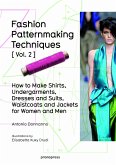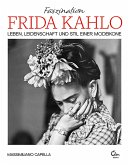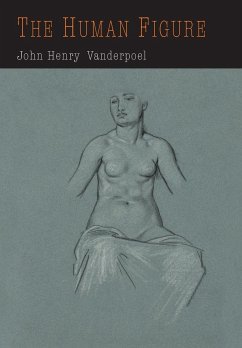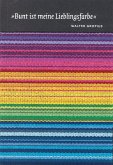When fashion designers draw the human body they need to capture its movement and also take into account how it responds to fabrics and volumes. This book analyses the most useful techniques for drawing the human figure in the context of fashion design. It offers in-depth explanatory texts and illustrations that will help to nurture a full comprehension of this type of figure drawing. Fashion Drawing Course is divided into two parts, focusing first on the human body and then on clothing. This work is not a compendium of human anatomy. It makes a throughout study of the dressed and dynamic human body. Besides, this title provides designers with some specific vocabulary. For this reason the vocabulary can be slightly lexis. However, the author tries to be as clear and direct as possible because he addresses to beginners. The main chapters of the book: 1) Structure; 2) Musculature; 3) Proportional Variation; 4) Volumetric synthesis; 5) Head and Face; 6) Drawing apparelModedesigner müssen den Körper in Bewegung zeichnen können und dabei gleichzeitig die Beziehung zwischen dem menschlichen Körper, den Materialien und der Form der Kleidung im Auge behalten. Modedesigner müssen dabei auch lernen, die Entwürfe, die sie in Sinn haben, dreidimensional zu denken. Fashion Drawing Course will Designern lehren, den menschlichen Körper zu verstehen und zu zeichnen. Mit der Methode des Autors des Buches, Juan Baeza, soll der fortgeschrittene Modedesignstudent sowohl lernen, die dynamische menschliche Figur zu zeichnen als auch, wenn er Anfänger ist, das nötige technisches Vokabular. So enthält das Buch im ersten Teil, außer den Zeichnungen und Schemata, viele Teil- und Ganzkörperfotographien, wie auch die Namen von Muskeln und Knochen. Im zweiten Teil erklärt Baeza das Zeichnen der Kleidung selbst (der Faser, des Garns, des Gewebes und Drucks) und den Gebrauch von Linien zur Darstellung der auf die Kleidung durch Bewegung einwirkende Kräfte, durch die der Schnitt und die besonderen Eigenschaften des Materials, Falten, Farbenkontrast, Texturen, grafische Ausgestaltung zum Tragen kommen.

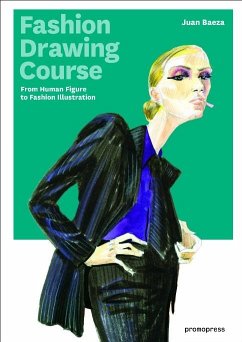
![FASHION PATTERNMAKING TECHNIQUES [VOL.1] FASHION PATTERNMAKING TECHNIQUES [VOL.1]](https://bilder.buecher.de/produkte/40/40467/40467493m.jpg)
